The Moroccan Model of Slavery!
Trans-Saharan Slave Trade:
From the 7th century through the early 20th century, Morocco was a significant center for the Trans-Saharan slave trade.
Enslaved Black Africans from sub-Saharan Africa were transported along the trade route from Timbuktu to the slave market in Marrakesh.
These enslaved individuals were then sent to other parts of Morocco and the broader Mediterranean world.
The trade route facilitated the exchange of gold, ivory, salt, and slaves between North Africa and sub-Saharan regions.
African tribes that converted to Islam captured non-Muslim people and exported them northward toward Morocco.
Sultan Isma‘il ibn Sharif of Morocco received thousands of Sub-Saharan slaves annually, adding them to his army and slave-soldiers known as the Black Guard.
The Trans-Saharan slave route primarily led to Marrakesh, which remained a major slave market for over a thousand years1.
Barbary Slave Trade:
Morocco was also involved in the Barbary slave trade, where Europeans captured by Barbary pirates were enslaved.
This trade continued until the 19th century.
The open slave trade was eventually suppressed in Morocco during the 1920s.
Legacy and Modern Context:
Owning black slaves in Morocco was considered prestigious until deep into the 20th century.
Women were taken as concubines and domestics, while men worked in fields or served as domestics.
Although the formal slave trade ended, remnants of this history persist, and issues related to racism and vulnerability remain relevant today2.
In summary, Morocco played a significant role in both the Trans-Saharan and Barbary slave trades, impacting the lives of countless enslaved individuals over centuries. Efforts to address historical legacies and promote social justice continue in modern Morocco34.
-
 30:40
30:40
REPENTORDIEPODCAST
1 year ago💡 Revealing the Truth About African Involvement in the Slave Trade
82 -
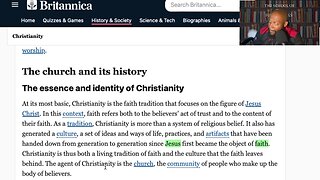 29:43
29:43
RepentorDiePodcast
10 months ago🌍⛓️ Religion & Slavery: The Genesis of Racism
27 -
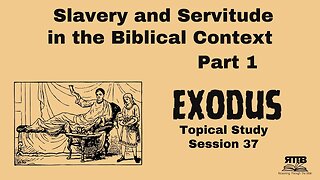 44:36
44:36
Reasoning Through the Bible
10 months agoUnderstanding Slavery and Servitude in the Biblical Context || Exodus Topical Study || Session 37
48 -
 8:15
8:15
SusieQ4u
5 months agoFACTS ABOUT SLAVERY U WEREN’T TAUGHT IN SCHOOL
214 -
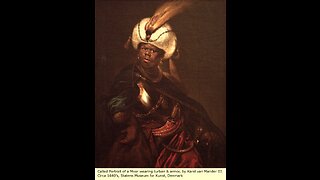 31:42
31:42
777KalAl
1 year agoMOORS & SLAVERY IN THE MUSLIM WORLD
14 -
 19:00
19:00
Current Events | From A Biblical View
2 months agoThe Slave Trade Disguise | Current Events, From a Biblical View
210 -
 3:06
3:06
HowStuffWorks_Conspiracy_Theories
5 years agoStuff They Don't Want You to Know: 3 Facts About Modern Slavery
55 -
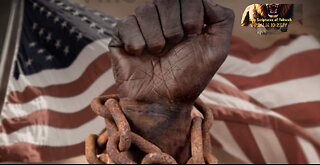 19:21
19:21
TruescripturesofYahweh
5 months agoFacts about Slavery not Taught in School
25 -
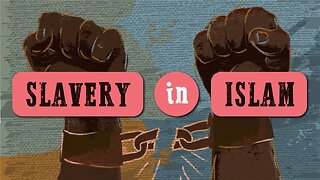 36:25
36:25
Religion Quest
9 months agoSlavery in Islam | Sharia Law part 9
351 -
 8:15
8:15
chinlee
10 months agoFacts about slavery that they did not teach you in school. (8 minutes video)
1662